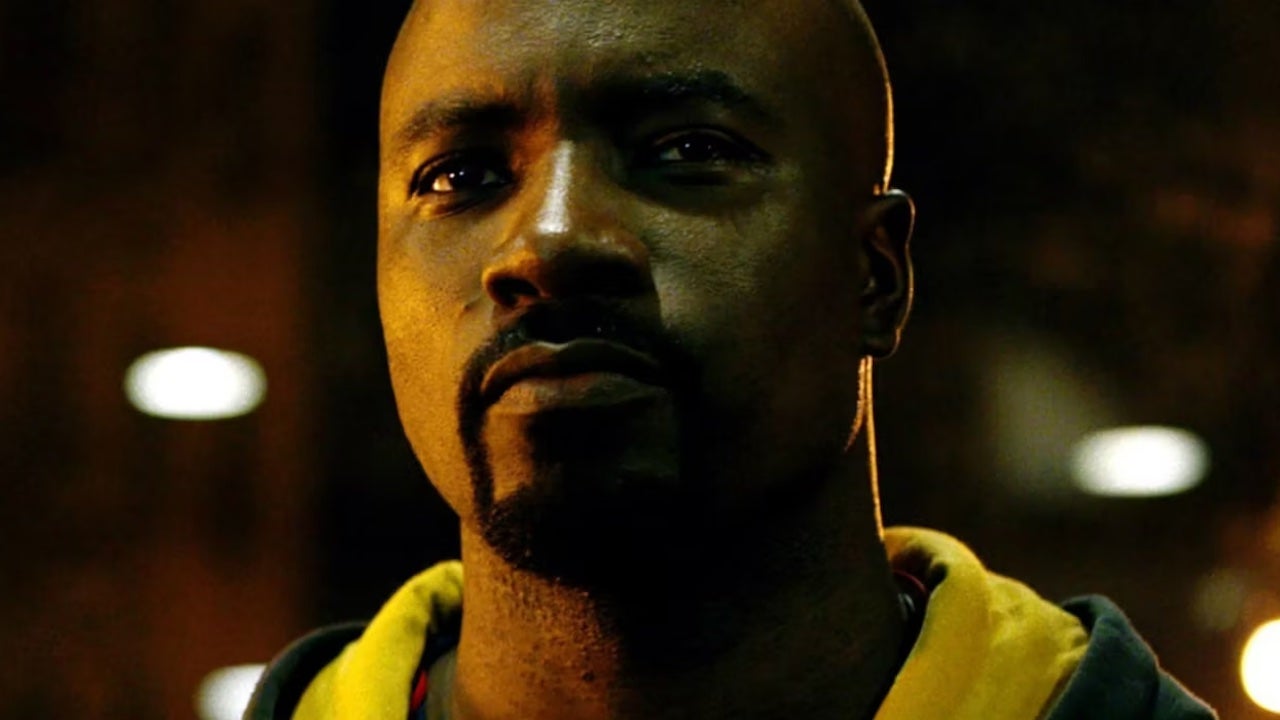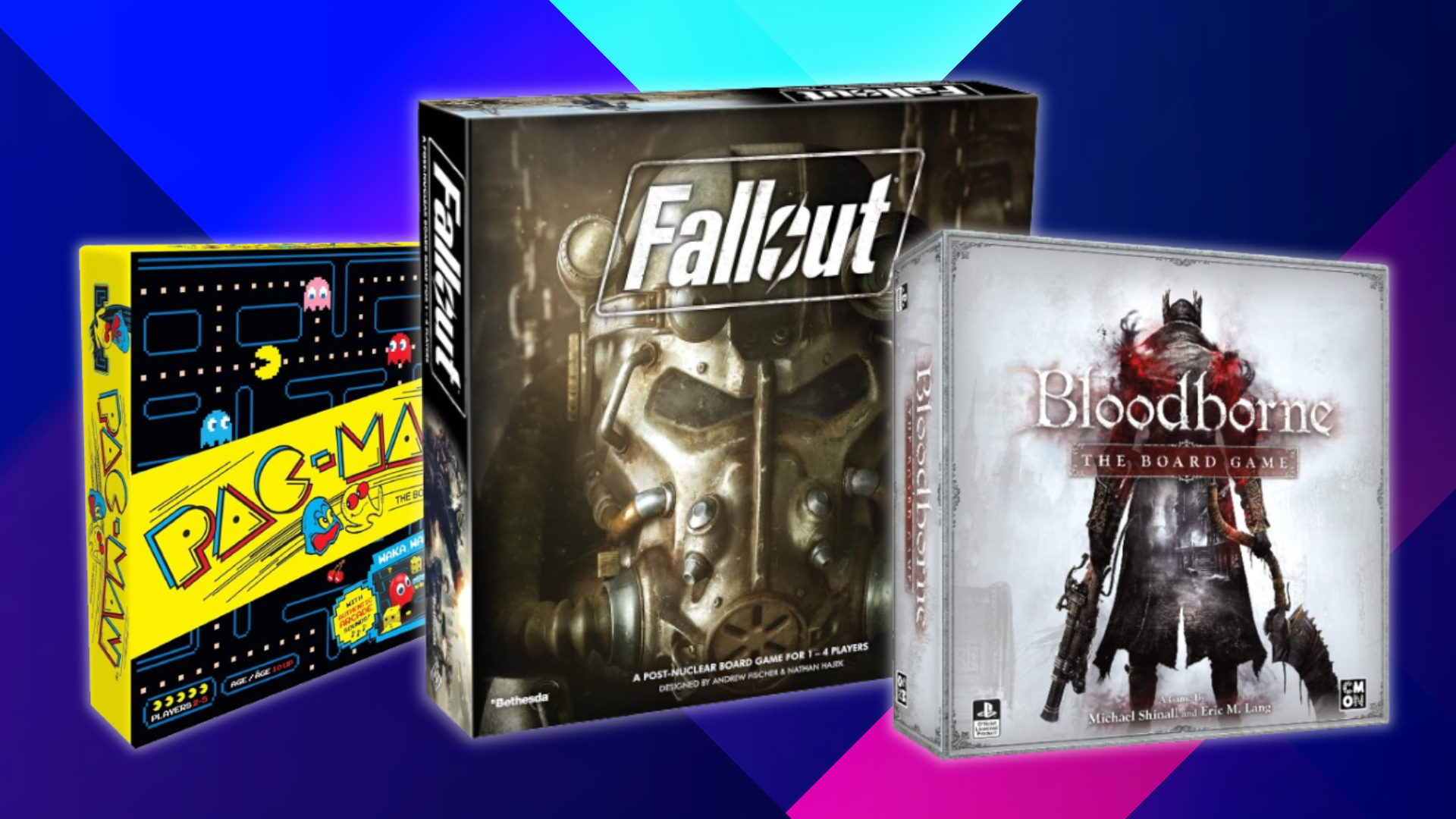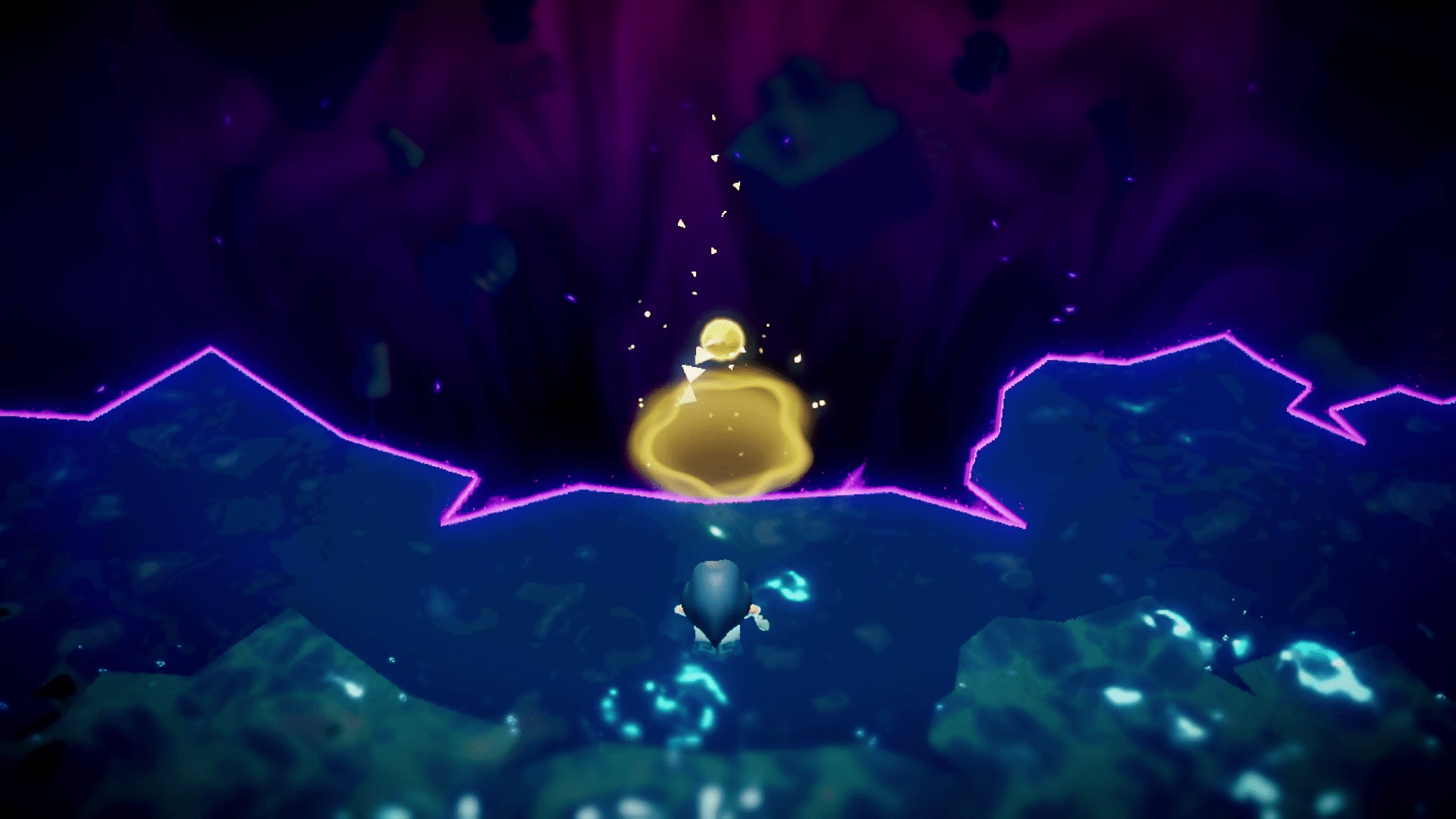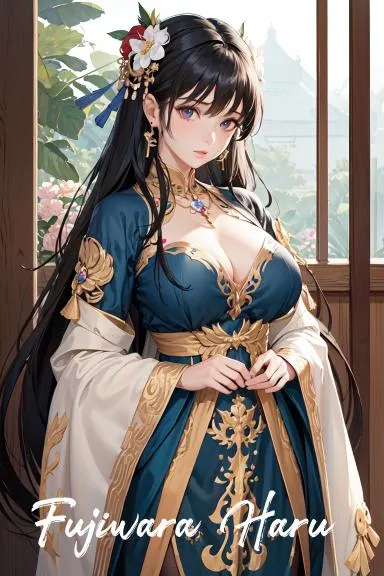
In 2021, Nintendo added an additional tier to its Nintendo Switch Online subscription service in the form of its Expansion Pack, which brought Nintendo 64 and Sega Genesis games to the already extensive list of NES and SNES titles. In February 2023, during a Nintendo Direct presentation, that list got even bigger: Nintendo added Game Boy and Game Boy Advance games to the mix.
We’ve updated our list of the best retro games on Nintendo Switch Online + Expansion Pack. Some of these games are historically significant, more are just damn fun, and others may be hidden gems you’ve never played. Our latest update added Dr. Mario, F-Zero, Panel de Pon, Pokémon Snap, Star Fox 64, and Yoshi’s Island.
Banjo-Kazooie

Banjo-Kazooie is the greatest 3D platformer to ever grace the Nintendo 64 — yes, even better than Super Mario 64. [Ed. note: I do not condone this.]
Rare’s masterpiece follows a bear named Banjo and his best friend Kazooie, the bird who lives in his backpack. When Banjo’s sister gets abducted by the local witch Grunty, bear and bird must spring into action to save her. The pair battle through Grunty’s sprawling fortress, collecting a variety of items like Jiggy puzzle pieces, music notes, and Jinjos in locations like Bubblegloop Swamp, Clanker’s Cavern, and Mad Monster Mansion.
Banjo-Kazooie offers tons of fun moves to learn alongside some classic Rare humor and Grant Kirkhope’s incredible soundtrack. While you can play HD versions of Banjo-Kazooie and its sequel on Xbox, this is the first time these platformers have appeared on a Nintendo system since the Nintendo 64.
Whether you recognize them from Super Smash Bros. Ultimate or have never heard of them before, don’t miss the chance to play Banjo and Kazooie’s debut title on your Switch. —Ryan Gilliam
Blaster Master

Blaster Master is one of the few games in the NES Nintendo Switch Online collection that still feels somewhat modern. The whole hook of the 2D side-scroller is that you’ve got a high tech, super powerful car at your disposal that you can jump in and out of at will. While you’re in the car, you’ve got outstanding mobility and firepower, but you’ll frequently have to leave it behind to explore smaller caves and underground dungeons filled with monsters (whereupon the game turns into a top-down shooter).
This back-and-forth, with a touch of gear-gating for good measure, makes Blaster Master feel way ahead of its time. As an added bonus, if you find yourself smitten by the game, it’s worth noting that a new trilogy, starting with 2017’s Blaster Master Zero, has successfully reimagined the series over the last few years. —Russ Frushtick
Donkey Kong

The original Donkey Kong is the definition of a classic. It’s the Mario origin story and, unlike many of the other NES games on the Nintendo Switch online service, not in a curated pack like Super Mario All-Stars or Super Mario 3D All-Stars. It’s a tone-downed look from the Mario you know, trading side-scrolling levels for a single climb toward Donkey Kong and the lady he’s kidnapped, Pauline (whom you may recognize from Super Mario Odyssey).
Donkey Kong emphasizes timing and sound, giving you simple controls and a pile of stress. Even on Switch, your hands tighten around the controller just before you leap over one of Donkey Kong’s barrels. And it’s that feeling — the sigh of relief as you wipe your sweaty palms on your jeans the second you reach Donkey Kong — that’s kept us coming back for decades. —RG
Donkey Kong Country 2: Diddy’s Kong Quest

Donkey Kong Country 2: Diddy’s Kong Quest is the best of the Donkey Kong Country games for a couple of reasons. First, it has a ridiculous name that you have to read five times to truly wrap your head around. Second, it introduces Dixie Kong, whose ponytail lets her hover through levels, providing a finer level of control.
The Donkey Kong Country series boasts a variety of delightful platformers with unique art styles, animal vehicles, and creative environments. But Donkey Kong Country 2 does it better than the rest, and that makes it the one to play on the Nintendo Switch Online service — even if it is missing the titular Donkey Kong. —RG
Dr. Mario

While Tetris remains the classic puzzle game, and rightfully so, Dr. Mario holds a special place in our hearts for the sheer amount of character and personality found in every aspect of the game. The goal of every Dr. Mario level is to get rid of every virus on screen by stacking pill portions of matching color to eliminate the problematic pathogen. The viruses are “cute” in the same way that Rabbids are, in that you either love ’em because of how silly they look or you love to hate ’em and will stop at nothing to rid the world of their existence. Dr. Mario can be played solo, but the game’s at its best as a split-screen head-to-head match with friends and family. —Ross Miller
Excitebike

Excitebike is my go-to classic video game — it was a success when it was released in the ‘80s, and remains a critical classic that’s more playable than ever now that it’s on Nintendo Switch Online. The motocross racer, developed by The Legend of Zelda’s Miyamoto Shigeru, is simple: You race motorbikes, either against no one or computer-controlled racers. Vroom! —Nicole Carpenter
F-Zero / F-Zero X

It has been more than 20 years since Nintendo has released an F-Zero console game, and while 2023’s battle royale experiment F-Zero 99 scratched an itch, nothing compares to the original F-Zero for Super Nintendo and 1998’s F-Zero X for Nintendo 64. Few games captured a sense of speed quite like these two titles, and the N64 sequel especially managed to maintain a breakneck thrill while also introducing some (at the time) mind-blowing 3D levels. —RM
GoldenEye 007
GoldenEye 007 was released in 1997 on Nintendo 64, with both a single-player and multiplayer modes. The James Bond atmosphere gave the game its own unique feel, calling on stealth and strategy more so than other shooter games of its time. GoldenEye 007’s multiplayer modes, though, is where the game made its biggest mark: Its variety of modes gave it a ton of replayability and chaos. I know very few people who didn’t revel in the Slappers only! mode that removed weapons entirely, forcing combatants to fight using their open palms. —N. Carpenter
Gunstar Heroes

Gunstar Heroes is the first game from Treasure, a developer name you might recognize from the Sin & Punishment entry above. It’s a side-scrolling shooter, similar to Contra or Metal Slug, where players control a duo called the Gunstars, combining weapons to make their way through the story.
This is a game many players — regardless of whether they owned a Genesis — may not have heard of. But it highlights one of the best parts about the Expansion Pack and Nintendo Switch Online. Through curation, Nintendo is able to bring a wide variety of old games to a completely new audience, and Gunstar Heroes is a great Genesis grab for anyone, regardless of whether they’re new to the platform. —RG
Kirby Super Star

Kirby Super Star is the perfect Kirby game. Or rather, it’s nine perfect Kirby games. Instead of being a singular, contained adventure, Super Star has multiple game types, story campaigns, and multiplayer modes. They can play through a remake of the first game, take on the villain known as Marx, battle against Meta Knight, or just race King Dedede to eat some food.
Super Star highlights the best part of Kirby — that he’s an everyman. All of these modes are different, but Kirby’s mechanics rarely change. He’s still the same puffball with copycat powers, and he just does what he does best through almost every game mode here. It’s an endlessly playable delight filled with a wide variety of content. —RG
The Legend of Zelda: A Link to the Past

The Legend of Zelda: A Link to the Past is widely regarded as one of the best video games ever made. It built the modern Zelda formula that Zelda followed for decades, asking Link to move from dungeon to dungeon collecting new items and rescuing sages. It’s possibly the most influential game on a list full of influential games.
Of everything in the SNES collection, A Link to the Past holds up not just as the genesis for what Zelda would become, but as a difficult, well-designed masterpiece for a modern player. Everyone with a Switch Online membership should check it out. —RG
The Legend of Zelda: Link’s Awakening DX

In playing The Legend of Zelda: Link’s Awakening on Nintendo Switch in 2019, it was easy to forget just how weird the original game was on Game Boy. Gone was the land of Hyrule from The Legend of Zelda and Link’s Adventure; the camera sometimes swapped from an overhead view to a 2D side-scrolling perspective; and Nintendo characters made cameos across Koholint Island, from Yoshi, to Kirby, to Wart. Director Takashi Tezuka wanted Link’s Awakening to feel like an episode of Twin Peaks, and his team pulled it off. It’s as much a bizarre departure from the Legend of Zelda series as David Lynch’s series was from mainstream TV. And with DX on Game Boy Color, Koholint came to life, with an array of colors and a whole new dungeon. —Mike Mahardy
The Legend of Zelda: Majora’s Mask

Created as a sort of bridge between Ocarina of Time and The Wind Waker, The Legend of Zelda: Majora’s Mask remains the darkest, strangest, and ultimately boldest entry in the long-running series.
The 2000 game follows the hero Link, reverted back to his youthful form after his fight against Ganon in Ocarina of Time, as he stumbles into a Murakami-like underworld faced with an imminent apocalypse. As it turns out, the moon is plummeting toward Termina, and the only way for Link to stop it is to assemble four giants, each of whom has been cursed by some insipid evil. The catch? Link only has three days (about 54 real-world minutes) before the moon completes its descent. He can also slow, hasten, and revert time completely to the dawn of the first day, as many times as he wants.
So begins a game that laid the foundation for the modern time-loop obsession. Games such as Outer Wilds, Deathloop, The Forgotten City, and Overboard! all owe their central design conceit — the act of replaying the same events with newfound knowledge — to Nintendo’s weird experiment. It’s not the most inviting Legend of Zelda game, and it certainly isn’t the least divisive. But it remains one of the most electrifying, and it’s all the more worth returning to in light of our modern Groundhog Day fixation. —M. Mahardy
The Legend of Zelda: The Minish Cap

The next, but not last, Zelda game on this list also marks one of the series’ most overlooked gems. And what a brilliant gem it is.
Most Zelda games have a defining mechanic — A Link to the Past’s over and underworlds, Oracle of Ages’ time travel, and so on. The Minish Cap places our hero Link in a veritable Wonderland, in which he can shrink in size, the better to enter previously miniscule dungeons; one takes place in a temple the size of a tree stump, before another ushers Link into a literal block of ice. As with the best Zelda games, developer Capcom never stops playing with this big/small motif, building it to the point where both sizes are required to complete singular puzzles. The Minish Cap also remains one of the more vibrant games in the series, making full use of the Game Boy Advance’s color palette, and fleshing it out even more on Nintendo Switch. This game deserves all of the newfound attention it’s going to get. —M. Mahardy
The Legend of Zelda: Ocarina of Time

Is The Legend of Zelda: Ocarina of Time the best game on the Nintendo 64? Is it the best 3D Zelda game? The answer to both of those questions is yes. Ocarina of Time did for Zelda what Mario 64’s 3D outing did for Mario, but in a far more complex package — and one that holds up better in 2021.
Ocarina of Time sees Link jump through different timelines to claim the Triforce and defeat Ganondorf. It offers an incredible collection of dungeons, iconic gadgets, and a meticulously crafted world. While the Nintendo 64 version isn’t as user-friendly as the 3DS release from 2011, this game is still a must play for every Switch owner. —RG
Mario Kart 64

Mario Kart 64 is the first game in the series to let players drive with an analogue stick, and it’s better for it. It’s fast-paced, easy to control, and houses some fan-favorite courses. But the real reason to pick up Mario Kart 64 on Switch Online is the battle mode.
The battle modes in Mario Kart 64 are brutal, giving each player a group of balloons that signify hit points. By driving around the special arena maps and chucking shells and other weapons at one another, players can eventually emerge victorious. It’s an excellent party mode, and pairs well with the stellar racing. —RG
Mario & Luigi: Superstar Saga

Taken as a through line, the Mario role-playing games represent Nintendo’s increasing willingness to branch out with its most iconic character. What began as a Final Fantasy-esque jaunt through the mushroom kingdom on SNES (Super Mario RPG), and evolved into a whimsical exercise in genre-blending on Nintendo 64 (Paper Mario), finally became an earnest, comical, altogether more confident RPG on Game Boy Advance. In Mario & Luigi: Superstar Saga, you control the titular siblings simultaneously in the overworld and during battles, the latter of which emphasize timed attacks to gain the upper hand. Mario’s flagship platformers often overshadow the role-playing chapters in his varied history, but the latter remain some of the franchise’s most creative endeavors. —M. Mahardy
Panel de Pon

This classic puzzle game design by Intelligent Systems is now commonly referred to as Puzzle League in English, after its Pokémon Puzzle League variant. But I first encountered this SNES original under its North American title Tetris Attack, bestowed in a rather desperate attempt to borrow cachet from Alexey Pajitnov’s masterpiece. That does it a disservice, because it’s a truly great puzzle game in its own right.
Panel de Pon is match-three puzzle gameplay at its purest, making a virtue out of its restrictions. Jumbled colored blocks push up from the bottom of the screen; your cursor can swap two blocks horizontally, but not vertically. Blocks swapped into empty space drop. With this basic toolkit, you line up three or more blocks of the same color to make them disappear. At higher speeds, it’s compulsive, instinctive puzzle gaming to match Tetris itself, and a riot in competitive two-player. A wonderful reminder of an era when the arcade puzzle game was a thing, and an art in itself. —Oli Welsh
Pokémon Snap

What if, instead of capturing Pokémon, you simply captured their best pose? That’s the conceit of Pokémon Snap, a largely on-rails game about taking the best Pokémon photographs, either passively by waiting for the exact right frame or actively via a number of items you can take with you on the ride and toss into the scene. Whereas the mainline games had more simplistic interactions at the time — Snap launched a year after Red and Blue did in the U.S. — the creatures of Pokémon Snap are all shown in more natural habitats, engaging with one another in playfully expressive ways. Have you ever wanted to see a Pikachu play with Digletts? Or a Meowth try to catch a Pidgey? You can find all that and more right here. —RM
Sin and Punishment

Unlike its peers on this list, Sin and Punishment lacks the crutch of nostalgia. To newcomers without rose-tinted glasses, it’ll look like a blocky shooter and, when compared to modern shooters, will feel fussy. Loving this game takes work, so catch a beat and consider when Sin and Punishment appeared on store shelves in Japan.
In 2000, co-developer Treasure was arguably the most talented creator of action on video game consoles, having shipped classics like Gunstar Heroes, Guardians Heroes, Radiant Silvergun, and Bagai-O within a seven year span. At this point, they’d partnered with Nintendo to create a 3D on-rails shooter (think Rez crossed with Star Fox) that would capture the spectacle of an anime blockbuster. They did just that — within the limitations of the N64 hardware. Perhaps that’s the best way to appreciate Sin and Punishment in 2021: it plays like a modern game with all the ambition and art and style stuffed into an N64 cartridge incapable of fully containing it. —Chris Plante
Star Fox 64

Star Fox’s second outing remains one of its best. Star Fox 64 has you play as the eponymous anthropomorphic vulpine space pilot across a series of frenetic on-rail levels and open-ended dogfights. There are so many things to love about this entrant, from finding the alternate routes in the campaign levels to the robust split-screen multiplayer. Its lasting legacy, however, may very well be the voice acting — or more specifically, Peppy Hare yelling at the player, “Do a barrel roll!” —RM
Streets of Rage 2

Streets of Rage 2 is a side-scrolling beat-’em-up where players dress up in jeans and roll through the streets crushing dudes with their rage. There are a variety of characters in Streets of Rage 2, from the original Axel Stone and Blaze Fielding to the newly added Max Thunder and Eddie “Skate” Hunter.
Streets of Rage has always been beloved, but the sequel is often thought of as the series’ high point. From new mechanics to better graphics, it’s one of the definitive games for the Genesis, and a great starting point for Nintendo kids to get their feet wet with Sega. —CP
Super Mario All-Stars

Super Mario All-Stars is a bit of a cheat for this list, because it compiles some of the best NES games of all time in a single SNES collection. All-Stars remasters the NES classics and features versions of Super Mario Bros., Super Mario Bros.: The Lost Levels, Super Mario Bros. 2, and Super Mario Bros. 3.
Some of the versions look and sound a bit different — and Lost Levels even received some difficulty tuning — but the spirit and the levels are the same. It’s the perfect way to experience the Mario classics in a slightly more modern package, with 16-bit instead of 8-bit graphics. And because all of the games are available outside of Super Mario All-Stars on the NES emulator, you can always compare for yourself after you’ve run left to right through this Super Mario Bros. history. —RG
Super Mario World

Super Mario World is arguably the best Mario game ever made, built to harness the power of the Super Nintendo. Its colorful art style pops, even decades later, and gives fans their best look at the Mushroom Kingdom.
Super Mario World is instantly recognizable and packed with personality. It’s got secrets hidden around the map, and unique boss fights like Bowser’s clown car. It trades out the Tanooki Suit for World’s famous cape, allowing skilled players to fly about levels and reach new areas. What’s more, Mario gets a second life with Yoshi’s help, adding new dimensions to each level. It’s set the standard for every 2D Mario game that followed. —RG
Super Metroid

Super Metroid helped spawn one of the world’s most popular genres: the Metroidvania. This is Samus’ Super Nintendo turn, which takes her into the bowels of a new planet to find a host of new upgrades.
Super Metroid is arguably Samus’ most iconic adventure, and the one that secured the Metroid legacy. It added plenty of new tools for players to experiment with, but it’s the game’s emphasis on exploring a sprawling world — the Super Bomb through the glass hallway, the animals teaching you to wall jump — that makes the entry so innovative, and keeps it fresh in players’ minds. —RG
Wario Ware Inc.: Mega Microgames!

If ever a series proved the effectiveness of the “throw spaghetti at the wall” creative process, it’s WarioWare. Composed of hundreds of mini-games that increase in speed and difficulty throughout any given run — which the designers ideated via hundreds of Post-It notes — WarioWare Inc.: Mega Microgames! is about players’ ability to adapt on the fly. One demands that you simply enter a door in a Legend of Zelda-esque overworld. Another drops you into a car on a highway and challenges you to dodge other cars. Through them all, the mini-games encompass the broad and unapologetic brand of humor that Wario has carried on his back for more than two decades. Mega Microgames! is yet another showcase for Nintendo’s boldest handheld era. —M. Mahardy
Yoshi’s Island

Technically, Yoshi’s Island is a Mario game — it was originally released in 1995 as Super Mario World 2, and it’s about a team of Yoshis shepherding baby Mario to safety. Spiritually, it’s something quite different: the beginning of Yoshi’s own series of platformers, distinguished by their handmade aesthetic and the little guy’s fluttering jump, voracious appetite, and chuckable eggs. And yet, this is still a proper Shigeru Miyamoto/Takashi Tezuka joint, which means it is the work of the two great masters of the platform-game form, but exploring it in a different context than the Mario games that were their stock-in-trade.
The result is one of the most delightful, tactile, and laugh-out-loud funny games of all time. Yoshi’s Island is infantile, interactive slapstick by the da Vinci(s) of platform gaming. Nintendo used the scaling effects of the Super FX2 chip to render a squishy, woozy, wobbly world full of comedy physics and silly characters that somersault, inflate, and pop. And, in what was a radical aesthetic choice for the time, the whole thing is given a rough storybook style, as if the sprites were scratched out in crayon. The final stroke of genius was the penalty for getting hit: a mad scramble to rescue a floating, wailing Mario who’d been knocked off Yoshi’s back. Simply put, one of the all-time greats. —OW







